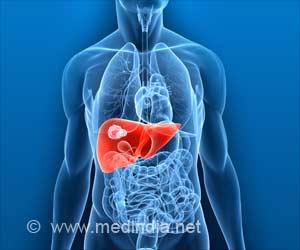Standing on one leg for 30 seconds can reveal aging health risks by testing balance, strength, and fall risk factors.

Highlights:
- Balance testing shows links between stability, strength, and aging
- Age-related muscle and sensory changes impact balance
- Simple exercises can help improve balance and reduce fall risks
A new report published recently in PLoS One suggests that a 30-second balance test, in which participants stand on one leg, may provide crucial information on how well they are aging. The demanding task for most older adults reveals the connection between balance and more general indicators of health and physical fitness as well as the potential threat of falls.
The age of these subjects was above 50 years. Researchers took 40 adults and tested their grip strength, knee strength, and balance. The test for the latter was the most challenging with the elderly, suggesting the possibility that the ability of a person to balance depends increasingly upon strength, stability, and sensory input coordination as a person ages.
Good balance also correlated well with general functional capacity, stability, and minimal risk of falling.
Advertisement
Science Behind Balance and Aging
It takes more than strong muscles to achieve balance. Coordination also needs to come through the nervous system and sensory input from muscles as well as a sense of proprioception, or knowing where one’s body is positioned in space. When all these work together, people tend to achieve the tasks they undertake; they are less likely to fall down and thus to get hurt.
Good balance enables older adults to complete daily activities like walking, climbing stairs, and reaching for objects. Maintaining balance and strength promotes independence among elders and also diminishes the chance of falls. According to exercise physiologist Matthew Accetta, “Assessing both balance and strength provides a more comprehensive view of aging and health.”
Advertisement
Common Causes of Balance Problems
Age-related muscle loss and neurological changes affect proprioception and balance disorders. Poor balance also reflects neurological and sensory processing problems. Accetta clarifies that addressing balance disorders may reduce the likelihood of elderly falls and reduced functional capacity.
Advertisement
How to Test Your Balance Safely
For a person wanting to test balance from the convenience of home, Accetta suggests a standing test on one leg with the accompaniment of hanging onto a stable support for balance. Those with a past history of difficulties with balance should be supervised during this test. Poor balance may be corrected either by exercise or by instruction from the health care professional.
Exercises to Improve Balance
Yoga and Heel Raises: These exercises help to build small stabilizing muscles of bigger groups of muscles as well as improve the balance.
Mindful Movement: Bring awareness to everyday routines where one side of the body is placed in a more optimal position. Then intentionally use the non-dominant side to promote balance.
Seek Professional Help: Advanced balance defects should be consulted by healthcare providers or physical therapists for focused training.
Individuals who are mobility impaired or have a geriatric condition should first see a physician to discuss independent training. An experienced physical therapist can design a customized, safe balance training program that avoids dangerous situations. The earlier the occurrence of balance disorders is treated, the greater the support for reducing dependency in older age, including preventing falls during this period.
Reference:
- Age-related changes in gait, balance, and strength parameters: A cross-sectional study – (https://journals.plos.org/plosone/article?id=10.1371/journal.pone.0310764)
Source-Medindia



